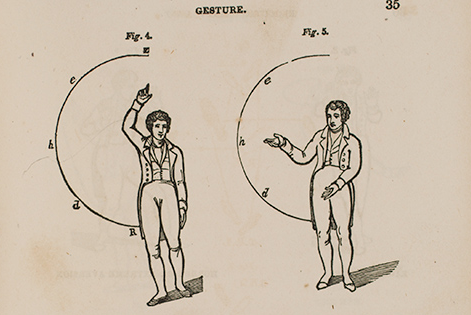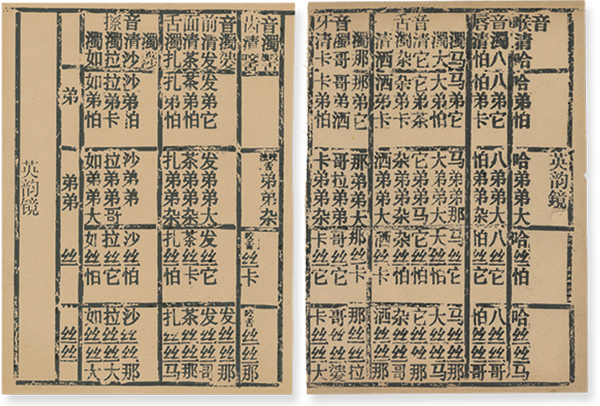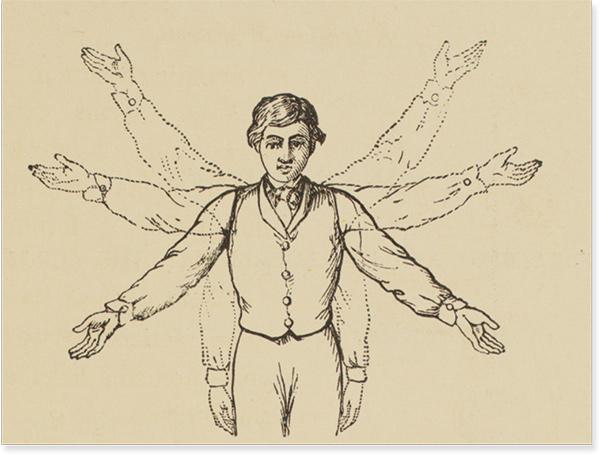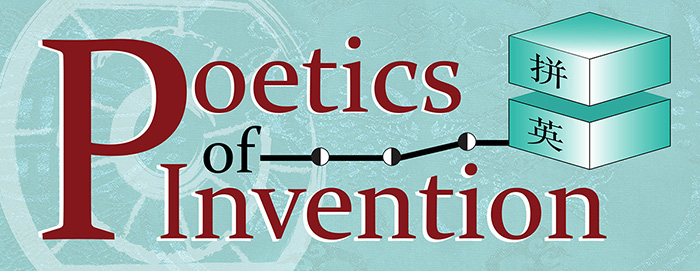Qing Dynasty English
Victorian Chinese Elocution
What would Victorian Elocution manuals and teaching strategies in China have looked like over 100 years ago? Through the persistence of using ritualized poetry as a method for securing positions of power, the rime table tradition thrived in China for 1,000 years. By the end of the Victorian age (1837–1901), spoken English—not Classical Chinese—had become a global language of power and prestige.

Rime Tables

English rime tables
China abandoned its rime table system when the Imperial Examination System collapsed in the early twentieth century. The rime table technologies could have been used to introduce spoken English to China at that time. The idea of standardizing pronunciation had not yet come into vogue in China even for Chinese, so teaching English pronunciation would have been part linguistics and part culture.
Elocution Movement
The English Elocution Movement worked during the Victorian Era, and for decades after, to instill new cultural meaning to a person’s verbal accent across English-speaking countries and territories, even spreading to areas where English was not the official language, such as Japan.




